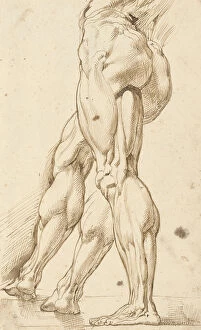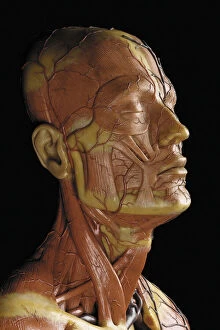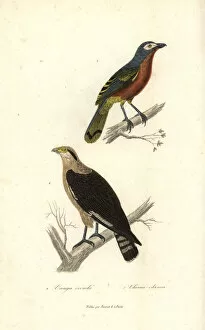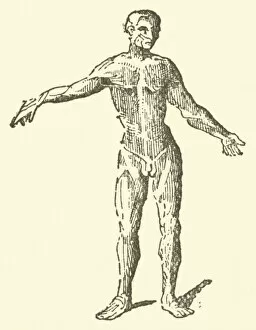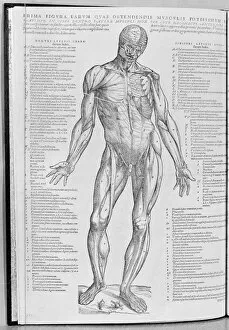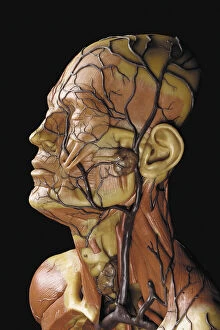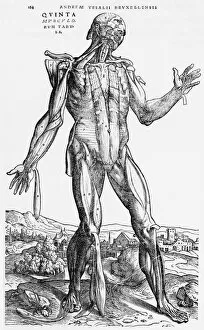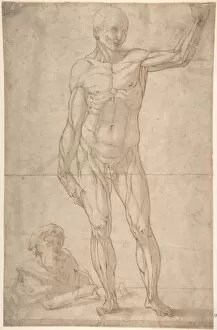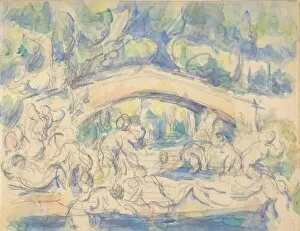Ecorche Collection
"Ecorche: A Fascinating Glimpse into the Intricacies of Human Anatomy" Delving into the world of ecorche
All Professionally Made to Order for Quick Shipping
"Ecorche: A Fascinating Glimpse into the Intricacies of Human Anatomy" Delving into the world of ecorche, we encounter a captivating detail of a male anatomical ecorche model. This intricate depiction showcases muscles, arteries, and veins in astonishing clarity, offering us an unparalleled understanding of our own physicality. The concept finds its roots in art history as well. In "The Martyrdom of St. Bartholomew, " painted in 1722, we witness the gruesome fate suffered by this saint. His flayed body serves as a reminder of sacrifice and devotion. Moving forward to Michelangelo's masterpiece on the Sistine Chapel Ceiling, "The Last Judgement, " we come across a striking detail featuring St. Bartholomew holding his own flayed skin. This fresco from 1538-41 not only showcases artistic brilliance but also highlights the significance placed on anatomical accuracy during that era. Anatomical studies have long been integral to medical education and scientific exploration. From illustrations found in "Anatomia del corpo humano" to those featured in "De Humani Corporis Fabrica, " these works provide invaluable insights into human anatomy for generations to come, and are not limited to human subjects alone; they extend their gaze towards nature as well. The fiery-breasted bushshrike and yellow-headed caracara serve as examples where animals become subjects for anatomical dissection, revealing nature's intricacy through this unique lens. Artistic interpretations also find their place within the realm studies. An engraving aptly titled "Ecorche" captures attention with its detailed portrayal while an ecorche head bearing Emperor Galba's features adds historical context through pen and brown ink on white paper. Further exploring male anatomy brings us face-to-face with an intriguing study focusing on legs—a subsidiary study accompanying it meticulously examines the right leg.

